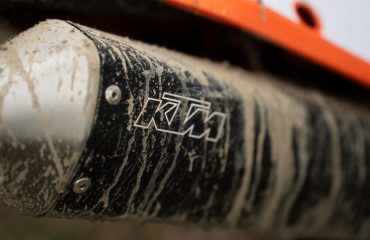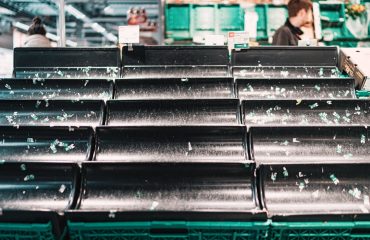body {
font-family: sans-serif;
line-height: 1.6;
}
h1, h2, h3 {
color: #333;
}
img {
max-width: 100%;
height: auto;
display: block;
margin: 1em auto;
}
The heart of any successful oil and gas well lies in its robust and reliable wellbore construction. This is where casing and tubing play pivotal roles, ensuring safe and efficient hydrocarbon extraction. This comprehensive guide delves into the intricacies of casing and tubing, exploring their functions, materials, and installation processes.
The Crucial Role of Casing in Well Construction
Casing is a series of steel pipes cemented into the wellbore. Its primary function is to provide structural support to the well, preventing collapse of the formation and protecting freshwater aquifers from contamination. Different sections of casing are used depending on the depth and geological conditions encountered. The outermost casing string, often called the conductor pipe, is typically installed first, guiding the drilling process and providing stability. Subsequent casing strings are then set at progressively deeper intervals, each designed to withstand the increasing pressure and stress at greater depths. The selection of casing diameter, weight, and grade is critical for ensuring well integrity and longevity.
Tubing: The Lifeline for Hydrocarbon Production
Once the well is cased and cemented, tubing is installed inside the casing. Tubing serves as the conduit for transporting produced hydrocarbons (oil, gas, and water) from the reservoir to the surface. Unlike casing, which primarily focuses on structural integrity, tubing prioritizes efficient fluid flow. It’s typically smaller in diameter than casing and is selected based on factors like production rate, fluid properties, and well depth. Different types of tubing exist, including seamless and welded tubing, each with its own advantages and disadvantages.
Materials and Specifications: Ensuring Durability and Performance
Both casing and tubing are predominantly made from steel, but the specific grade and properties vary depending on the application. High-strength low-alloy (HSLA) steels are commonly used due to their excellent strength-to-weight ratio and resistance to corrosion. The choice of material also considers factors like temperature, pressure, and the presence of corrosive fluids in the reservoir. Detailed specifications, including wall thickness, yield strength, and grade, are crucial for ensuring the components meet stringent industry standards and regulations.
Installation and Cementing: A Precision-Driven Process
The installation of casing and tubing is a complex and highly specialized operation. Casing is run into the wellbore, typically using a specialized drilling rig, and cemented in place to form a strong and impermeable barrier. The cementing process is critical for isolating different geological formations and preventing fluid migration. Sophisticated techniques, such as centralizers and spacers, are used to ensure proper cement placement. Similarly, the tubing string is run inside the casing, often with specialized tools to minimize friction and prevent damage. Regular inspections and quality control checks are conducted throughout the process to ensure compliance with safety and operational standards.
Challenges and Advancements in Casing and Tubing Technology
Despite significant advancements, challenges remain in the design and application of casing and tubing. These include dealing with high-pressure, high-temperature (HPHT) wells, managing corrosion and scaling, and optimizing production efficiency. Continuous research and development efforts are focusing on improving material properties, developing advanced cementing techniques, and implementing innovative monitoring systems. The use of advanced materials like corrosion-resistant alloys and the application of coatings are contributing to enhanced wellbore longevity and reduced operational risks. Furthermore, technologies such as intelligent completions and downhole sensors provide real-time data on well conditions, enabling proactive maintenance and optimizing production strategies.
In conclusion, casing and tubing are essential components in oil and gas well construction and operation. Understanding their roles, materials, and installation processes is crucial for ensuring safe, efficient, and environmentally responsible hydrocarbon extraction. The continuous evolution of technology in this field continues to improve well integrity and maximize production.
Tags: casing, tubing, oil and gas, well construction, well integrity, oilfield equipment, drilling




